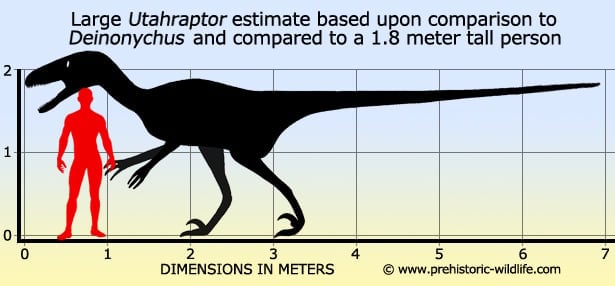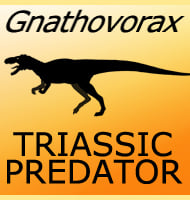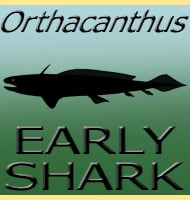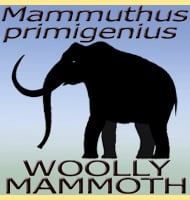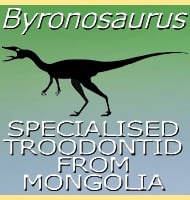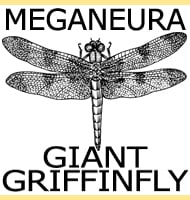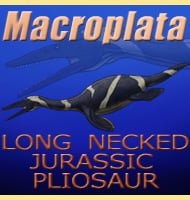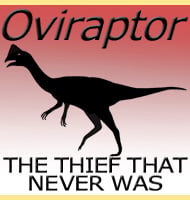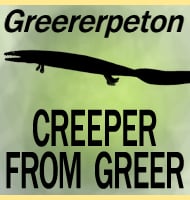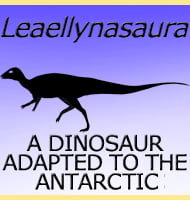In Depth
Superficially, Utahraptor appears to be an earlier, scaled up version of Deinonychus. Specimens of Utahraptor are fragmentary but suggest a potential size of up to seven meters long, with some more conservative estimates falling nearer six meters long. These estimates make Utahraptor a contender for one of the largest known dromaeosaurid dinosaurs, but if that were not enough there are some specimens that hint to Utahraptor possibly being even larger.
Being a larger animal, Utahraptor also had a larger claw estimated to potentially be twenty-four centimetres long. Utahraptor had thick leg bones and are not what you would expect from a fast hunter. They may have instead had extra powerful muscles for driving the killing claw forwards into its prey. Bringing all of the above together, Utahraptor probably focused upon its attentions to larger prey items such as hadrosaurs or smaller sauropods.
As a dromaeosaurid, Utahraptor probably shared the same phylogenetic features of the group, including having feathers. While no feathers have been found with Utahraptor remains, it would be an exception to the ‘group rule’ if it did not have them. One thing to consider however is that the large size of Utahraptor may have meant it had a degree of gigantothermy that would not have been present in its smaller group relatives. If so then it may have had a reduced or altered arrangement of feathers instead.
Further Reading
– A large dromaeosaur (Theropoda) from the Lower Cretaceous of eastern Utah. – Hunteria 2(10):1-16. – J. I. Kirkland, D. Burge & R. Gaston – 1993. – New osteological data and the affinities of Utahraptor from the Cedar Mountain Fm. (Early Cretaceous) of Utah. – Journal of Vertebrate Paleontology. 21 (3): 36A. – B. B. Britt, D. J. Chure, K. L. Stadtman, J. H. Madsen, R. D. Scheetz & D. L. Burge – 2001. – A method for distinguishing dromaeosaurid manual unguals from pedal “sickle claws”. – Bulletin of the Gunma Museum of Natural History (11): 1–6. – P. Sewnter – 2007. – Commentaries on different uses of the specific epithet of the large dromaeosaurid Utahraptor Kirkland et al., 1993 (Dinosauria, Theropoda). – The Bulletin of Zoological Nomenclature. 76 (1): 90−96. – T. V. V. Costa & D. Normand – 2019.
